Overfishing
Demanding Too Much, Knowing Too Little
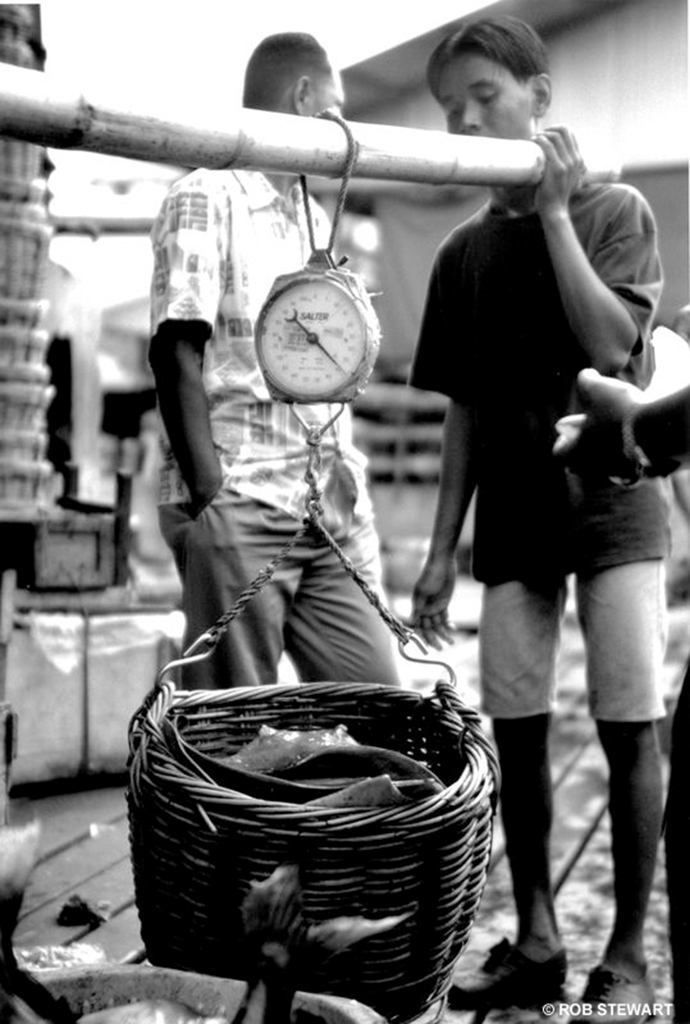
Fish market scale
Today, any number of seafood products line store shelves and markets. People may look for free-range eggs, hormone-free meat and locally grown vegetables but seafood’s diversity makes it a challenge to know what to look for. From type of fish, to where it came from, to how it was caught –the confusion is rampant. Check the Resources section for Safe Seafood Guides. More than 85 percent of the world’s fisheries have been pushed to or beyond their limits.[21. World Wildlife Fund. Overfishing Threats. www.worldwildlife.org]
In 2009, Asia accounted for two-thirds of worldwide fish consumption, with 20.7 kilograms per person.[22. FAO. State of the World’s Fisheries and Aquaculture 2012. www.fao.org] Developed countries are importing more fish each year and continue to consume more fish than developing countries, as healthy diets and rising incomes increase the demand for seafood.[23. FAO. State of the World’s Fisheries and Aquaculture 2012. www.fao.org] Fish are a valuable source of protein; low in saturated fats, carbohydrates and cholesterol; and provide essential vitamins, minerals and omega-3 fatty acids.
Wild capture fisheries and aquaculture are fishing to fill store shelves with fish fillets, caviar, fish oil, fishmeal and other seafood products under increasing demand. Fish and fish products are among the most traded food commodities. Fish consumption in the European Union (EU) in 2012 was 13 million tonnes per year, or 20 kilograms per person. Fish consumption in the EU is likely to increase by 1.5 million tonnes by 2030.[24. Retail Forum for Sustainability. European Union. “Sustainable Seafood.” Issue Paper No. 9, June 2012.]
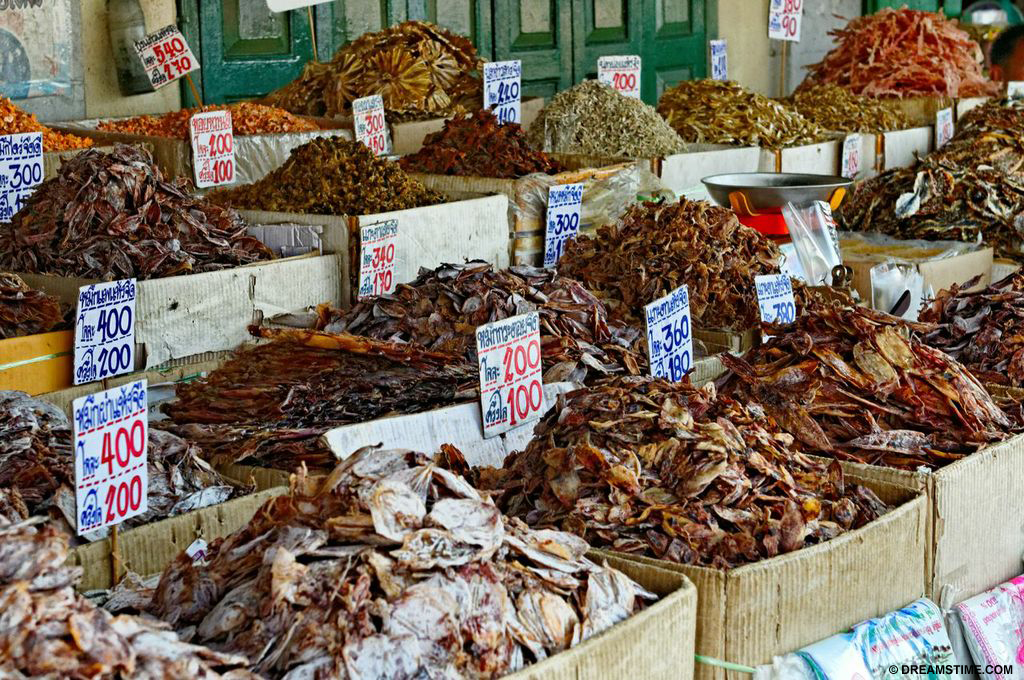
Fish market
Exploited populations: fish populations are in danger because they’ve been fished to their maximum point, or very close to.
Overexploited populations: fish populations that are declining and caught at a rate, which exceeds the maximum harvest that allows the population to be maintained by reproduction.
High-value species are much sought after, such as shrimp, prawn, salmon, tuna, groundfish, flatfish, seabass and seabream.[25. FAO. State of the World’s Fisheries and Aquaculture 2012. www.fao.org] Shrimp trawling creates one of the highest rates of bycatch,[26. FAO. A Study of the Options for Utilization of Bycatch and Discards from Marine Capture Fisheries. “ Discards and bycatch in Shrimp Trawl Fisheries.” Clucas, I. et al. www.fao.org] averaging at least four pounds of unwanted species to every pound of shrimp.[27. Greenpeace USA. “Destructive Fishing Practices.” www.greenpeace.org] Today’s fishing and fish-farming practices are not sustainable. We must inform ourselves, and demand sustainable seafood options to save our oceans.
The Big Business of Fish
Global fishing fleets have the ability to fish four times more fish than there are left to catch – our ocean has become one gigantic heavily exploited fishing ground.[28. Greenpeace UK. www.greenpeace.org.uk] Between 1950 and 1990, the marine fish catch increased roughly fivefold, from 19 million to 85 million tonnes.

A shrimp with a shell
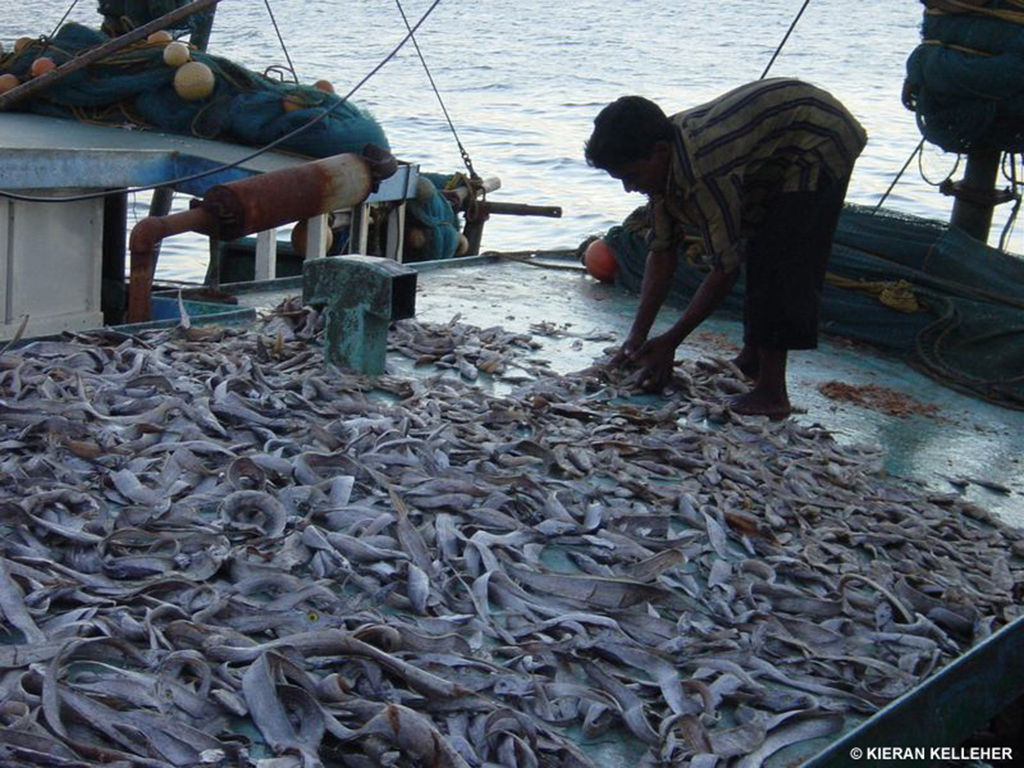
Overfishing Attribution: Marine Photobank
Fisheries are a multi-billion dollar industry that crosses oceans and pits nations against each other for fishing rights – when cooperation is needed to ensure fisheries’ survival. Of the 148 million tonnes of fish caught in 2010, more than 60 percent came from the ocean. Roughly 128 million tonnes were consumed for food,[29. FAO. State of the World’s Fisheries and Aquaculture 2012. www.fao.org] a demand that is growing faster than population growth.[30. FAO. State of the World’s Fisheries and Aquaculture 2012. www.fao.org] In the last few decades, fishing from freshwater lakes and rivers has dramatically increased, specifically salmon and trout – but this remains a small percentage of fish eaten worldwide.[31. FAO. State of the World’s Fisheries and Aquaculture 2012. www.fao.org]
The fishing industry was worth $109 billion (US) in 2010. Approximately 30 percent of the catch from oceans comes from ten species each year, most of which are pushed to their limits.[32. FAO. State of the World’s Fisheries and Aquaculture 2012. www.fao.org] Which species form the top ten can change year to year, and in some cases species have disappeared from ‘the list’ due to dramatic reductions in their catch.
A Fleeting Chance
Fishing has become an industry with massive fishing fleets outfitted with state-of-the-art technology to watch weather, clean the boat, find and catch fish – wherever they are. Fish don’t stand a chance against today’s commercial fishing boats
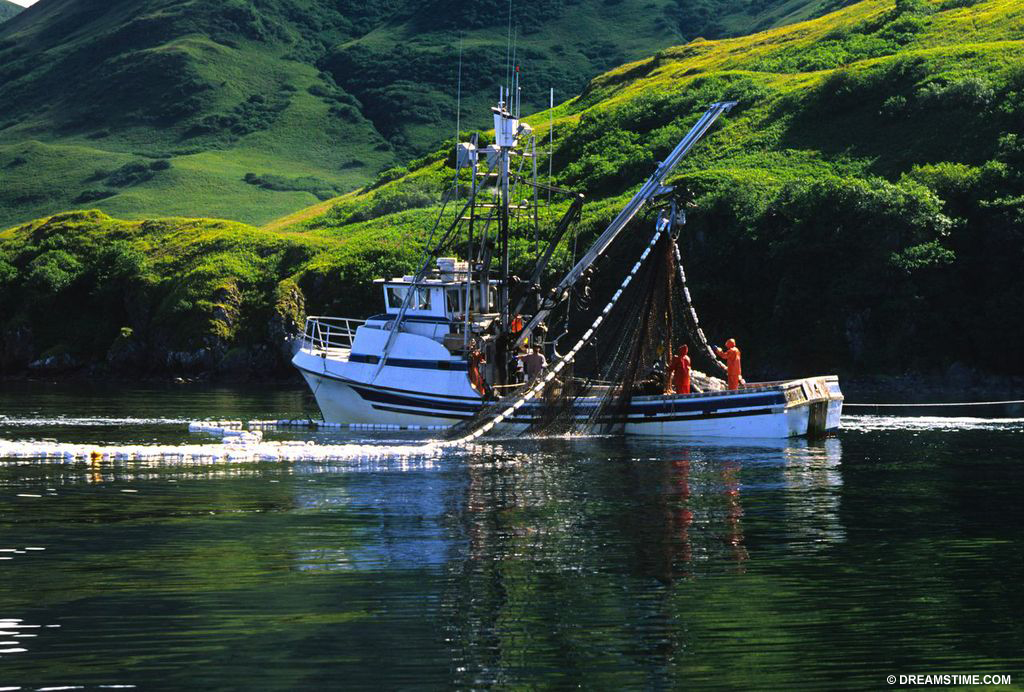
Commercial fishing boats
Fishing boats are built tougher, stay out on the ocean longer, operate onboard processing and packing plants and contain massive freezing systems and storage. Between 1970 and 1992, the size of the world’s industrial fishing fleet doubled.[33. Government of Canada. “World Fisheries the Current Crisis.” 1997.] In 2010, there were approximately 4.4 million fishing vessels in the world, with Asia having the largest fleet of 3 million boats.[34. FAO. State of the World’s Fisheries 2012.] Unfortunately decreases in some nations’ fleets have been offset by increases in others.
Our oceans do not have enough fish left to survive the continuing overfishing onslaught. World experts have surmised from their analyses from fisheries data that if we cut in half the current stock of boats, hooks, and nets, we would still catch too many fish.[35. Seafood Print.]
Overfishing and Bycatch
Fish are not only being overfished – fish are also being accidentally caught by millions by other fisheries.
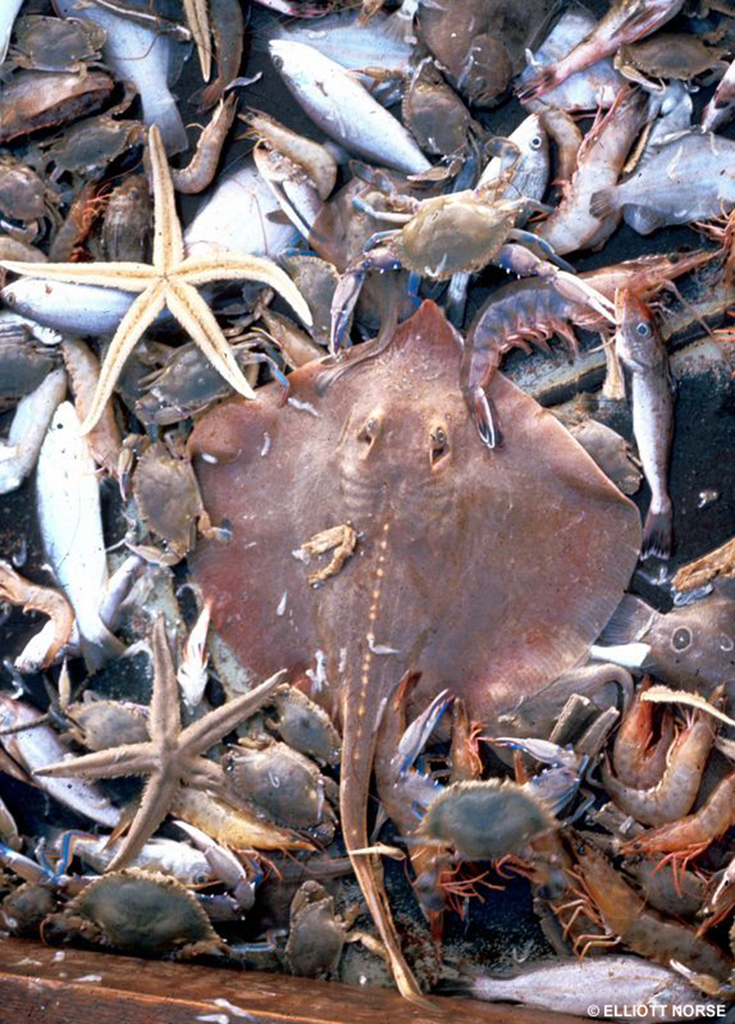
Bycatch Photo Credit: Elliot Norse, Marine Conservation Institute Attribution: Marine Photobank
Today’s fishing fleets target specific seafoods—shrimp, crab, flatfish, etc. and they utilize different techniques to catch fish in every corner of the ocean, from shallow coastal waters to deep-sea trenches. Only the fleets also catch tons of unintended victims—bycatch such as vegetation, juvenile and adult fish, sea turtles, seabirds, seals, dolphins and sharks are caught unintentionally.
These species are caught on hooks or in nets and are discarded, dead or dying, from their entrapment. Bycatch species may have no economic value to one fishery but can be desired by another. Species that have fishing bans to preserve their numbers show up by the thousands in other fisheries’ bycatch, resulting in a continued loss of species desperate for recovery. In fact, 100 million sharks and rays and 300,000 whales, dolphins and porpoises are caught as bycatch each year.[36. Greenpeace USA. “Destructive Fishing Practices.” www.greenpeace.org/usa]
The bycatch from shrimp trawlers is atrocious! Trawlers in Panama have thrown away as much as 80 percent of their catch as bycatch. Mexican shrimpers throw away four to ten pounds of bycatch for every pound of shrimp caught.[37. Oceana. Impacts of Bottom Trawling. May 2010.] Fishing techniques can be changed to prevent many of these deaths – the fishing industry has to be willing to use different gear and methods to preserve fish species.
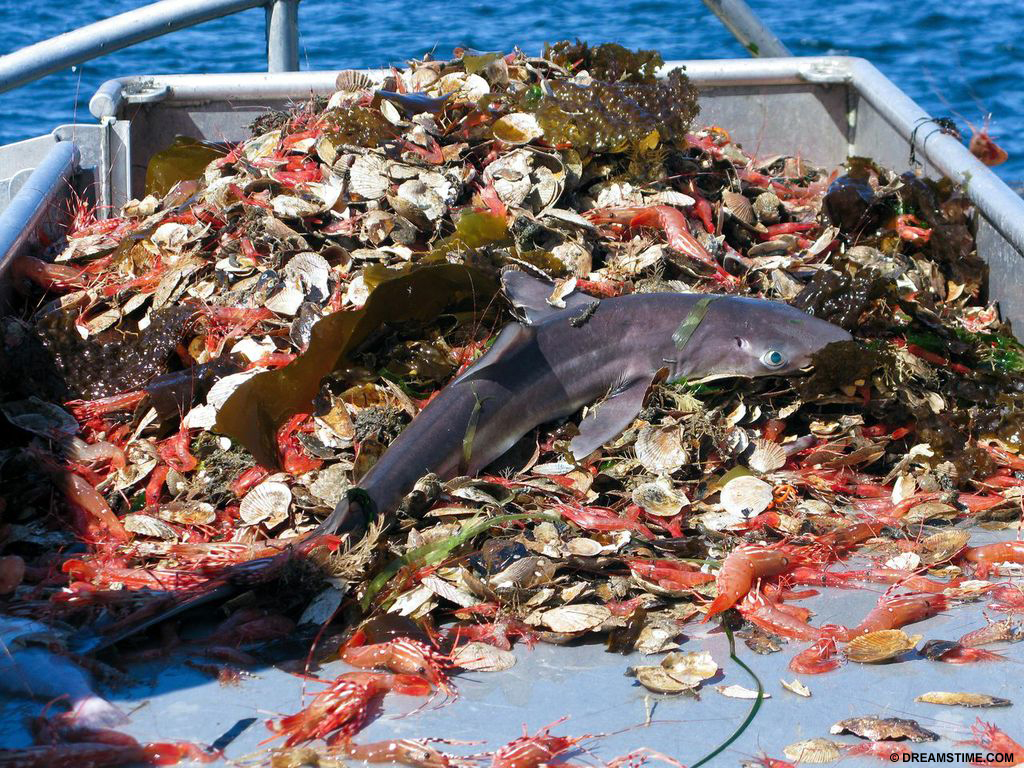
Bycatch with shark
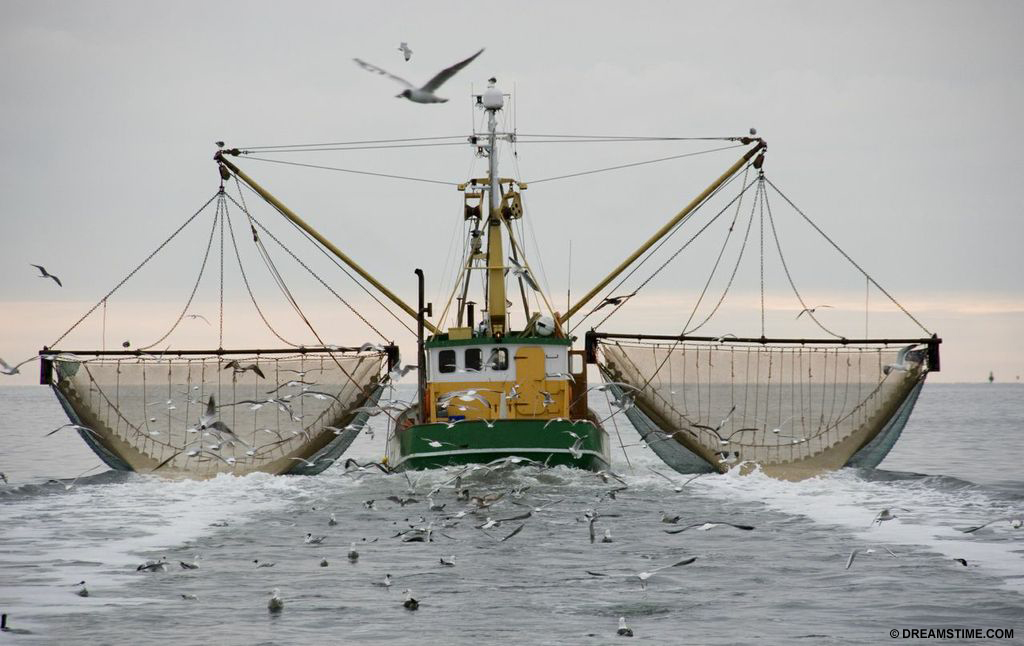
Shrimp trawling is one of the most wasteful industries of bycatch” to “Shrimp trawling is one of the most wasteful industries for bycatch
Caught on the Longline
When the United Nations banned high seas drift nets in 1991 many nations changed to longline fishing.[38. Bycatch: The Effects of Pelagic Longlining on Pacific Sea Turtle Populations. Frances Kinslow.] Longlines are monofilament-fishing lines that can be more than 100 kilometres long with one long main line supported by floats. Secondary weighted lines hang down with baited hooks. Each longline can have hundreds to thousands of deadly hooks. Longlines are left floating near the surface for 12 to 24 hours to catch species such as tuna, swordfish and marlin. Longlining catches 85 percent of the world’s swordfish and 60 percent of bigeye and albacore tuna.[39. Bycatch: The Effects of Pelagic Longlining on Pacific Sea Turtle Populations. Frances Kinslow.]
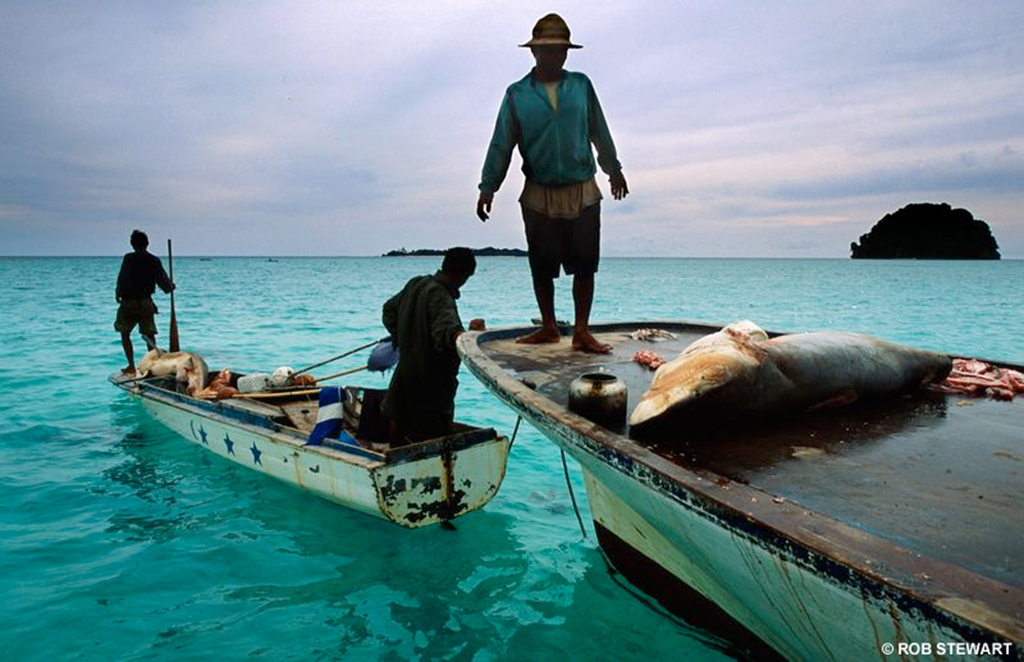
Shark finning from shark caught on longline
The shark finning industry uses longlines to catch shark. Out at sea, fishermen remove the fins and toss the live shark back into the ocean to die an agonizing death. Unable to swim, they slowly sink towards the bottom where other fish eat them alive. If longlining of sharks continues at the current rate most species of shark will be lost within the next decade.[40. Sea Shepherd Conservation Society. “Longlining.”] Shark finning is killing 6.7 percent of the world’s shark population each year; 6.7 percent of the human population would be about the population of the US and Mexico combined.[41. Global News. “Overfishing is taking a toll on shark populations.” March 9, 2013. www.globalnews.ca]
Longlining takes the lives of millions of sea turtles, seabirds, seals and dolphins each year.
Trashed by Trawling
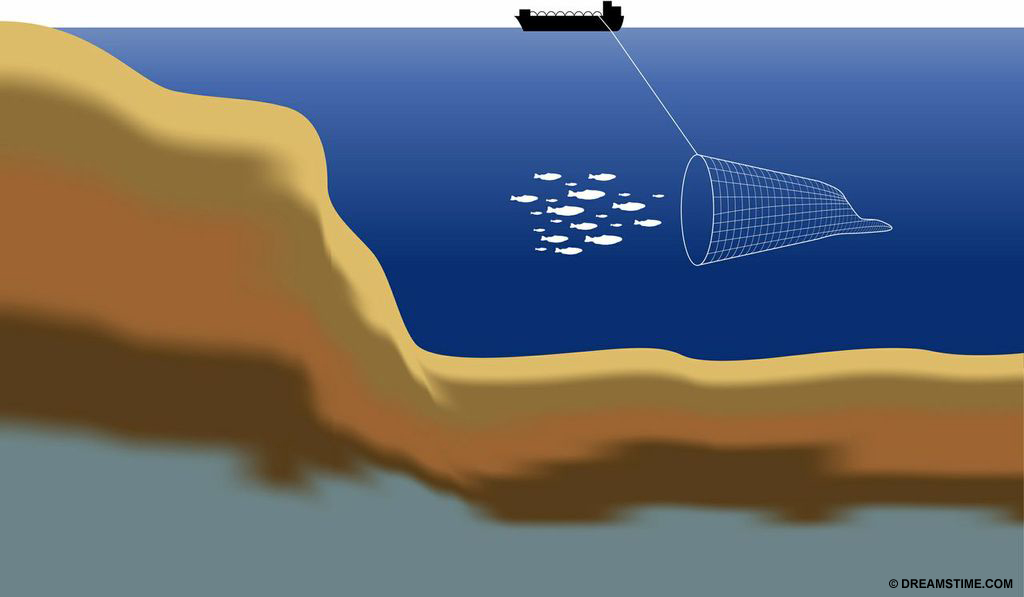
Destructive bottom trawl net in action
The method of trawling fishing drags large, heavy, cone-shaped nets across the ocean floor, digging up everything in their path. Sediment stirred up by the nets can be seen in photos from space.[42. Science Daily. “Bottom Trawling Impacts on Ocean, Clearly Visible from Space. Feb. 20, 2008] Large metal plates and rubber wheels on the net smash up and destroy reefs and other delicate habitats, killing many sponges, sea grasses, corals and other bottom-dwelling life. The nets collect everything along the bottom, wanted or unwanted. It’s like running a bulldozer along the ocean floor.
More than half of a trawler’s catch can be bycatch – overfishing at its worst because the majority of bycatch is thrown away. Species that are targeted for trawling include: shrimp, plaice, hake, sole, roundfish, cod, squid, halibut and rockfish.
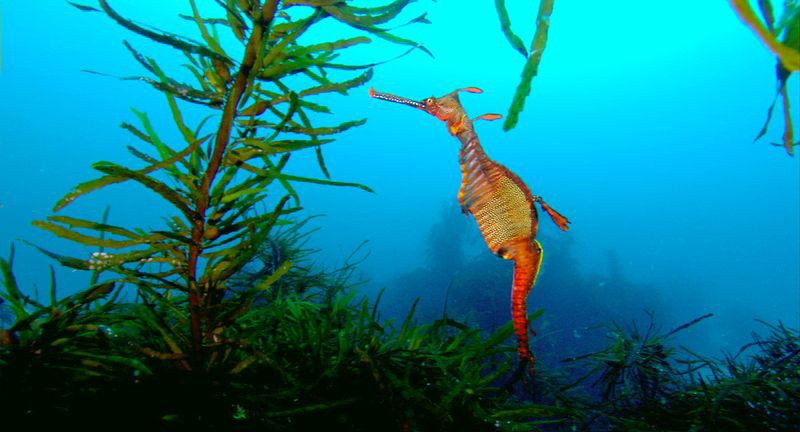
Trawling has major direct and indirect impacts on seagrass beds © David Hannan
It’s the most destructive method of fishing and has been banned in many marine areas due to the devastation it causes. Gouges are left on the ocean floor, like scars, that can be up to four kilometres long.[43. Greenpeace UK.]
Wild West on the High Seas
Who is protecting our oceans and marine life? Activity on the ocean, and fishing, is regulated by a hodgepodge of international treaties, regulations, policies and agreements that lack legal backing. Countries continue to fight over rights to specific fishing grounds.
A good example of what’s wrong with today’s legislation is provided by the United Nations Convention on the Law of the Sea (UNCLOS) – it is the most comprehensive attempt to govern international waters. Although it is meant to be a key tool for ocean protection – the law is 30 years old and needs important updating. Also, individual countries are responsible for ensuring that the Convention’s rules are enforced.[44. RIO+20. United Nations Conference on Sustainable Development. Fact Sheet. “The Future. We Want Oceans.” 2012.]
Nations claim to have little funding for monitoring and enforcement of these fishing laws – yet huge subsidies can be provided to the fishing industry to further their overfishing activities.
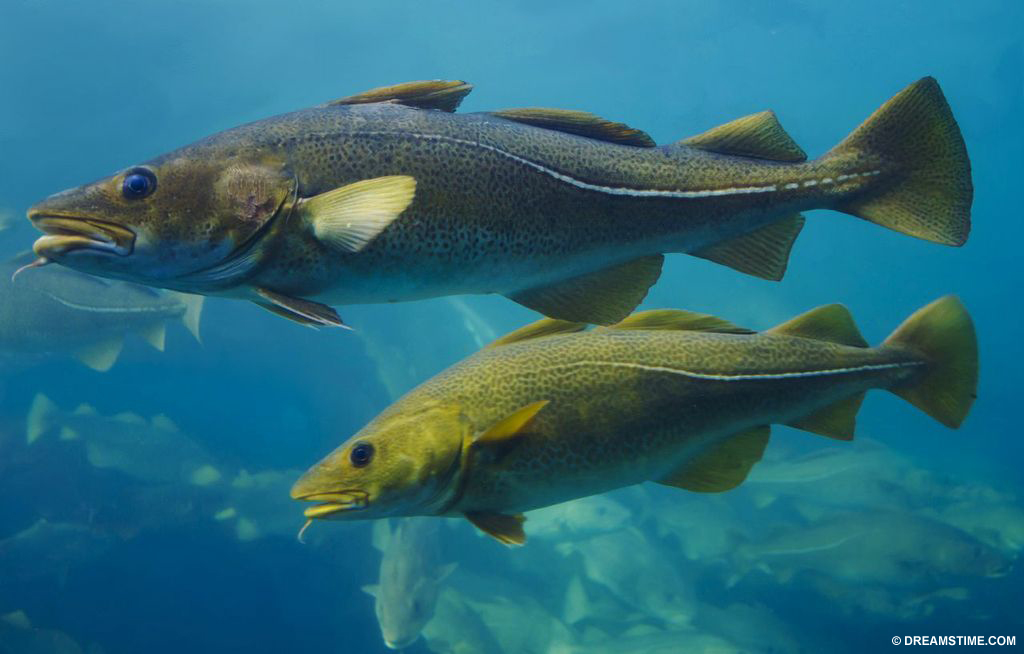
Cod fish
Simply put, current regulations don’t do the job of protecting our marine and freshwater species. Ocean regulations need to connect local, national and international policies. Different governments rarely work together on fisheries issues and each has a different agenda and priorities. A few countries make an attempt to cooperate around ocean protection, such as Australia, Canada and the European Union.[45. Council on Foreign Relations. “The Global Oceans Regime.” February 13, 2013. www.cfr.org] For many developing nations assistance is needed to fund compliance programs.
The Regional Seas Program of the United Nations Environmental Programme is working to improve international ocean relations.[46. Council on Foreign Relations. “The Global Oceans Regime.” February 13, 2013. www.cfr.org] And the Sea Shepherd Conservation Society was created because governments fail to govern the ocean. The Sea Shepherd uses current legislation to go after crimes of overfishing and abuses of marine sea life. Learn more about what changes these organizations are making to preserve our oceans.
Lack of enforcement and penalties fail to punish fishers that continue to overfish. Greed or merely basic survival, easily overrides goodwill when fishers are not held accountable for their actions.
Knowledge is Power
What many fail to realize is that many fishers lack the knowledge to make informed choices. For example in the Indonesian waters, many local fishermen have a very basic knowledge of ecology and use increasing destructive methods as yields go down not fully understanding the long-term effects.[47. “Overfishing and other threats to aquatic living species.”] In addition, information is not always shared down to the level of the fisher from governments, scientists and other decision makers. It’s left up to them to educate themselves.
Fish are Running Out of Time
Governments have been in discussions about ocean protection for years.
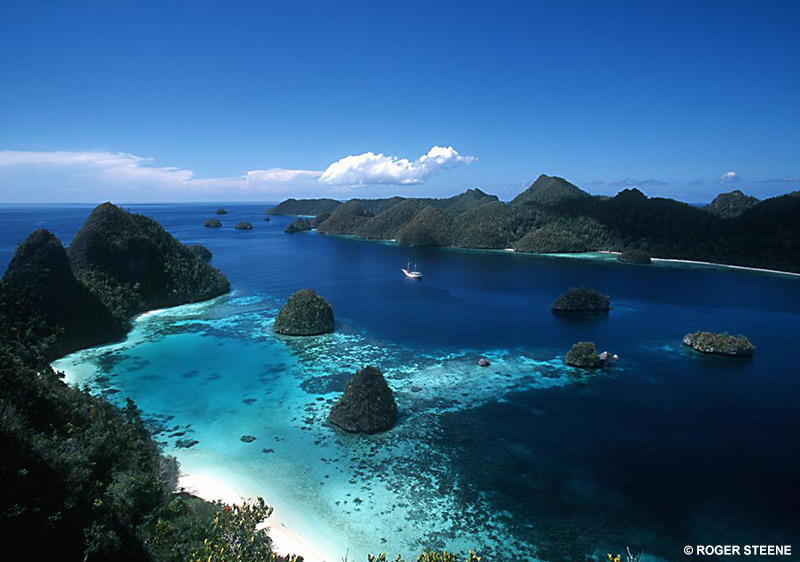
As early as the 1980s, it was known that the ocean could no longer sustain the rapid and uncontrolled exploitation of fisheries that had been going on for 30 years at that point. Our governments knew then and know now that different approaches to fisheries management with environmental protections are urgently needed.[48. FAO. “Code of Conduct for Responsible Fisheries.” www.fao.org]
Pressure from international lobbying groups and market sanctions are known to be effective in the fisheries industry.
Implementing regulations to set limits on catches, control fleet size and fishing techniques takes political will from all of us consumers and decisions-makers around the world. Nations have to set aside short-term profits and look at the big picture. Climate change, ocean acidification and overfishing are already taking their toll on our planet – action for long-term sustainability in fisheries needs to happen now.
Specific legislation is needed to protect high-risk and critically endangered species, such as the Atlantic bluefin tuna. Countries around the world, including Canada and the United States, are protecting the ocean through marine and coastal protected areas. Marine protected areas prevent fishing within their boundaries, which preserves breeding and feeding grounds and other ecologically significant areas. However commercial interests continue to take precedence.

